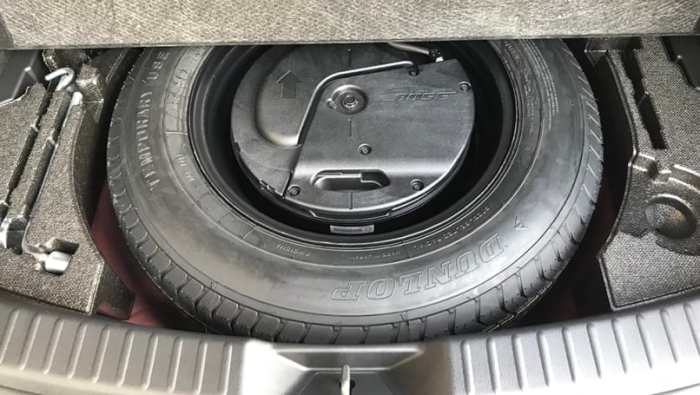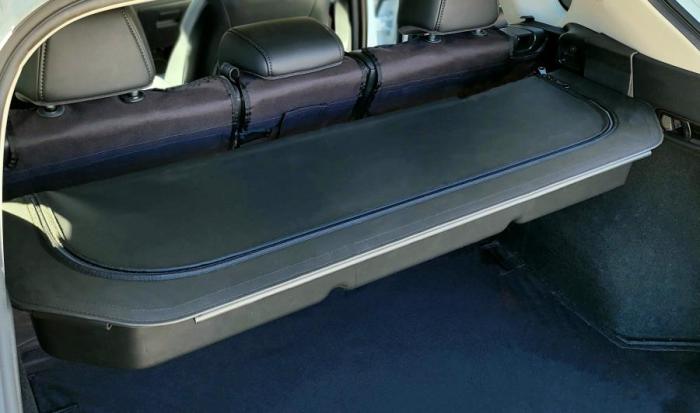Properly storing your Mazda X5 spare parts is crucial for maintaining their quality and extending their lifespan. Whether you’re a meticulous DIY enthusiast, a seasoned mechanic, or simply a forward-thinking owner preparing for potential repairs, understanding the best practices for long-term storage will save you money and frustration down the line. This comprehensive guide delves into the intricacies of preserving your valuable Mazda X5 parts, ensuring they remain in optimal condition for years to come.
Understanding the Challenges of Long-Term Storage
Storing spare parts, especially for a vehicle like the Mazda X5 (assuming this refers to a specific model or a common misnomer for a Mazda model), presents unique challenges. Factors like humidity, temperature fluctuations, exposure to sunlight, and pest infestation can significantly degrade the quality of your parts over time. Rust, corrosion, and deterioration of rubber and plastic components are common issues.
Understanding these challenges is the first step towards effective storage.
Environmental Factors and Their Impact
- Humidity: High humidity promotes rust and corrosion, particularly on metal parts. It can also lead to mold and mildew growth on fabric and rubber components.
- Temperature Fluctuations: Extreme temperature changes can cause materials to expand and contract, potentially leading to cracking or warping.
- Sunlight: UV rays from sunlight can degrade plastics and rubber, causing them to become brittle and crack.
- Pest Infestation: Rodents and insects can damage parts, chewing through wiring harnesses, hoses, and other components.
- Dust and Dirt: Accumulated dust and dirt can accelerate corrosion and make cleaning more difficult later on.
Optimal Storage Environment for Mazda X5 Parts
Creating the ideal storage environment is paramount. The goal is to minimize exposure to the detrimental factors listed above. Ideally, your storage space should be:
- Cool and Dry: Maintain a consistent temperature between 50°F and 70°F (10°C and 21°C) and a relative humidity below 50%.
- Dark: Avoid direct sunlight. A garage or basement away from windows is preferable.
- Clean: Regularly clean the storage area to prevent dust and dirt accumulation.
- Pest-Free: Use pest control measures to deter rodents and insects. Consider airtight containers or sealed storage solutions.
- Well-Ventilated: Good air circulation helps to prevent moisture buildup.
Choosing the Right Storage Containers and Methods
The type of container you choose depends on the part being stored. Using appropriate containers is crucial for protection and organization.
Storage Containers for Different Parts
- Metal Parts: Use airtight plastic containers with desiccant packs (silica gel) to absorb moisture. Consider applying a light coat of anti-corrosion spray before storage.
- Rubber and Plastic Parts: Store in dark, cool, and dry locations. Avoid direct sunlight and extreme temperature fluctuations. Airtight containers can help prevent degradation.
- Electrical Components: Use sealed plastic bags or containers to protect against moisture and dust. Label clearly to avoid confusion.
- Fluid-Filled Components: Store upright to prevent leaks. Consider using secondary containment (e.g., a tray) to catch any spills.
- Fabric Components: Store in airtight bags or containers in a dry environment to prevent mildew and mold growth.
Organizing Your Mazda X5 Spare Parts
Organization is key for efficient retrieval and inventory management. A well-organized storage system will save you time and frustration when you need a specific part.
Labeling and Cataloguing
- Clear Labeling: Label each container clearly with the part number, description, and date of storage. Use waterproof labels.
- Digital Inventory: Create a digital inventory of your spare parts, including photos and descriptions. This will make it easy to track what you have and where it’s located.
- Categorization: Organize your parts by system (e.g., engine, brakes, suspension) or by part type.
- Shelf System: Utilize shelves or racks to maximize space and improve accessibility.
Maintaining Your Stored Parts
Regular inspection and maintenance of your stored parts are essential to ensure their longevity.
Regular Inspections
- Periodically Inspect: Check your stored parts at least once a year for signs of damage, corrosion, or deterioration.
- Address Issues Promptly: If you find any problems, address them immediately. This may involve cleaning, applying corrosion inhibitors, or replacing damaged parts.
- Rotate Stock: If you have multiple identical parts, rotate your stock to ensure that older parts are used first.
Specific Considerations for Mazda X5 Parts
While the general principles apply, some Mazda X5 parts may require special attention. For example, sensitive electronic components might necessitate additional protection against static electricity. Consult your owner’s manual or a Mazda service manual for specific recommendations regarding the storage of particular parts.
Frequently Asked Questions (FAQ)
- Q: How long can I store Mazda X5 spare parts? A: The lifespan of stored parts varies depending on the part type, storage conditions, and material. Proper storage can significantly extend the lifespan, but some parts may still degrade over time.
- Q: Can I store parts outside? A: No, outdoor storage is generally not recommended due to exposure to the elements. This increases the risk of rust, corrosion, and damage.
- Q: What are desiccant packs? A: Desiccant packs (like silica gel) are small packets that absorb moisture from the air, helping to keep the storage environment dry.
- Q: What type of containers are best for storing fluids? A: Use sealed containers designed for fluid storage, and consider secondary containment to prevent spills.
- Q: How often should I inspect my stored parts? A: Inspect your stored parts at least once a year, or more frequently if you suspect a problem.
- Q: What should I do if I find rust on a stored part? A: Clean the rust, apply a corrosion inhibitor, and consider replacing the part if the damage is significant.
- Q: Where can I find Mazda X5 parts diagrams? A: You can often find parts diagrams in your owner’s manual or on the Mazda website. Independent parts websites may also provide diagrams.
Resources
- Mazda USA Website (For official parts information)
- AutoZone (For parts and general automotive information)
- Advance Auto Parts (For parts and general automotive information)
Note: Please replace “Mazda X5” with the correct Mazda model if it’s a misnomer. The principles Artikeld here apply generally to automotive parts storage.
Call to Action
Protect your investment and ensure the longevity of your Mazda X5 spare parts by implementing these best practices. Start organizing your parts today for a smoother and more cost-effective repair process in the future!
Expert Answers
What type of containers are best for storing spare parts?

Source: cloudinary.com
Airtight, sealed containers made of plastic or metal are ideal. Avoid cardboard boxes, which are susceptible to moisture damage.
How often should I inspect my stored spare parts?
At least once a year, inspect your parts for any signs of corrosion, damage, or deterioration. This allows for early detection and preventative measures.
Should I lubricate parts before storing them?
For metal parts prone to rust, a light coat of corrosion inhibitor or lubricant is recommended. Consult your owner’s manual or a parts specialist for guidance.

Source: simplepart.com
Where is the best place to store spare parts?
A cool, dry, and well-ventilated area is optimal. Avoid direct sunlight, extreme temperatures, and high humidity.
How can I label my stored spare parts effectively?
Use clear, durable labels that include the part number, description, and date of storage. This facilitates easy identification and inventory management.
